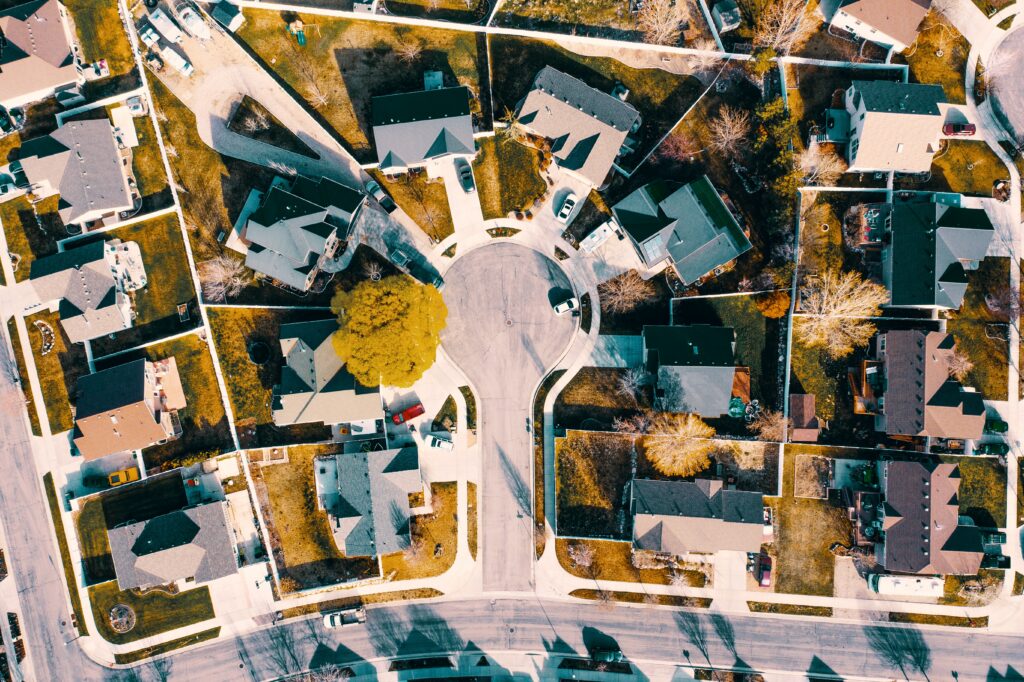Investing in real estate can be a lucrative endeavor, but selecting the right neighborhood is crucial for maximizing your returns. Choosing a neighborhood with strong investment potential requires careful evaluation and consideration of various factors. In this blog post, we will provide you with a comprehensive guide on how to evaluate a neighborhood for its investment potential. By following these steps, you’ll be equipped with the knowledge to make informed decisions and increase your chances of success in real estate investment.
Research Local Market Trends
Understanding the current and projected trends of the local real estate market is essential. Look for areas that have experienced consistent growth in property values and rental rates. Analyze historical data, consult real estate reports, and keep an eye on any major developments or infrastructure projects in the pipeline. Such research will give you insights into the potential appreciation of property values in the future.
Economic Stability and Job Market
A neighborhood with a stable and thriving economy is more likely to attract long-term residents and tenants. Look for areas that boast diverse industries, low unemployment rates, and a strong job market. Consider factors such as proximity to major employment hubs, presence of reputable companies, and the growth potential of the local economy. A robust job market indicates a steady demand for housing, making it an attractive investment opportunity.
Infrastructure and Amenities
Evaluate the quality of infrastructure and amenities available in the neighborhood. Look for proximity to essential facilities like schools, hospitals, shopping centers, and recreational areas. Access to public transportation, major highways, and airports is also crucial. A neighborhood with well-developed infrastructure and convenient amenities tends to attract more residents and tenants, making it a desirable investment location.
Crime Rate and Safety
Safety is a top priority for potential residents and tenants. Research the crime rates in the neighborhood you’re considering. Look for areas with low crime rates or declining crime trends. Check local police department websites, consult crime statistics, and consider talking to local residents or real estate professionals. A safe neighborhood not only ensures the well-being of your investment but also contributes to its long-term value appreciation.

School Districts and Education
For families, the quality of schools in a neighborhood is often a significant consideration. Investigate the reputation and performance of local schools. Look for highly-rated public and private educational institutions in the area. Good schools not only attract families but also have a positive impact on property values. Investing in a neighborhood with reputable schools can be a wise long-term strategy.
Rental Market Demand
If you’re considering investing in rental properties, it’s important to assess the rental market demand in the neighborhood. Look for areas with low vacancy rates, high rental demand, and increasing population trends. Evaluate the rental rates and compare them to the purchase prices of properties to ensure a favorable return on investment. Understanding the local rental market dynamics will help you make informed decisions regarding property acquisition and rental income potential.
Future Development and Urban Planning
Consider any future development or urban planning initiatives in the neighborhood. Research proposed projects, such as new commercial or residential developments, infrastructure improvements, or revitalization plans. These projects can have a significant impact on property values and the overall desirability of the area. Stay informed about upcoming developments to anticipate potential growth opportunities.




